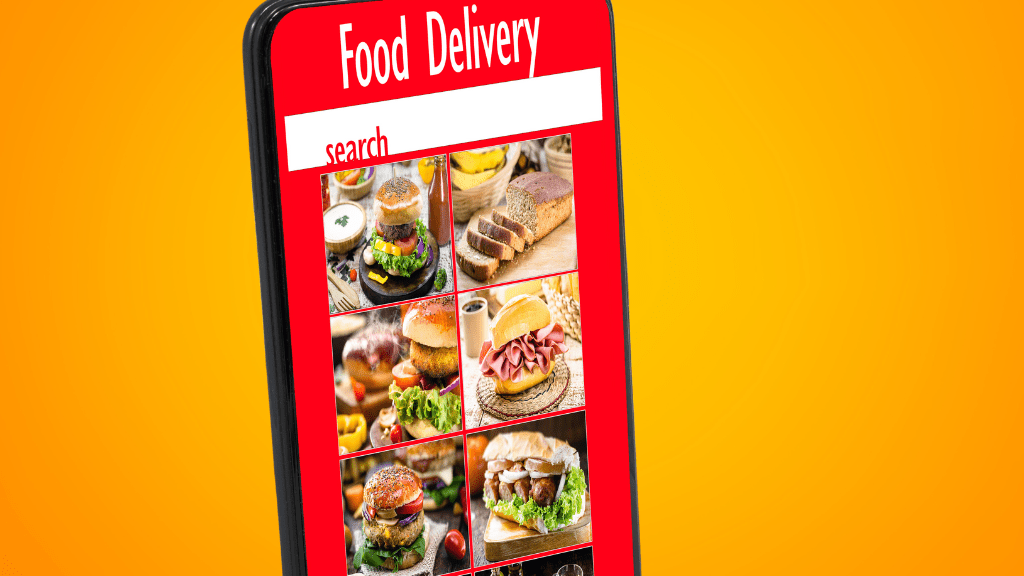This is a great time to be involved in ecommerce. It’s easy for merchants to research products and set up shops.
Even though the market is healthy, it’s important to keep up with trends. The internet is a volatile platform for doing business and reaching your customers. There are significant external factors to consider.
Here are the five most important ecommerce trends for the second half of 2017.
1. Massive Ecommerce Growth in Asia Is Imminent While North America Risks Stagnation
North America has experienced rapid ecommerce growth for the last decade. With year-over-year growth averaging 10%, there has been a lot of room for new companies to find their footing.
However, the region is rapidly approaching market saturation. It’s reasonable to expect a few more years of North American growth, then a period of stagnation. Companies targeting this region in two or three years may have a difficult time finding customers.
On the other hand, projections show that the ecommerce market in Asia will double over the next five years. Targeting that region may be more difficult at first, but it holds huge rewards down the line. Some ecommerce platforms are now specifically designed for the MENA (Middle East and North Africa) region.
2. Brands Are Connecting The Physical and Digital Space
The line between digital and physical is blurring. Amazon’s use of customer “lockers” to pick up goods, as well as its new line of boutique in-person book stores, are examples of a digital brand going physical.
For the opposite effect, look no further than brick-and-mortar shops. Many such shops are now using digital ads to display what’s in stock at the exact moment the ad is served. “Need a new pair of Nikes? We’ve got two pairs left as of 5:00pm today.” That’s media well spent.
In the UK, 35% of customers have used the “click and collect” method of online shopping. This involves placing your order online, then showing up at a physical location to get your items. Click and collect lags behind in other markets, with just 11% of US customers having tried it.
Even smaller businesses can get in on the physical trend. Outdoor stalls and pop-up shops are low-cost ways to develop a physical footprint for your digital wares.
3. Users Are More Mobile Than Ever
More than 50% of all internet browsing time is spent on mobile devices. Phones and tablets have leapfrogged desktop computing in a remarkably short period of time, leaving out-of-date web developers in the dust.
If your shop and media outreach isn’t on mobile, it may as well not work or be anywhere. There’s no way your customers will want to go back to your website after a frustrating mobile experience. You need to deliver a great user experience on every size screen imaginable.
With that said, there is a paradox to mobile development. Even with a great mobile design, customers are more inclined to buy on a desktop. No matter what you do, you are likely to have a lower conversion rate on mobile.
As time goes on, mobile users may become more inclined to pay on their phones. For now, it’s best to take a two-pronged approach. Be great on mobile and on desktop.
4. Blockchain Platforms Are Growing
Blockchain-based technology is a growing way to transact funds on the internet. Its most famous use case to date is Bitcoin, the internet currency that has risen from $1 per coin to more than $1,000 per coin in just five years.
One thing is for sure: Blockchain platforms are growing. Some major ecommerce websites, including Overstock and Expedia, have been accepting Bitcoin for years. Major banks have conducted research with the alternative blockchains Ethereum and Ripple. Most incredibly, the national government of Malta is considering a blockchain-based platform for tracking its land registry.
It’s impossible to predict where the blockchain market is going to end up. For now, you can participate in it by using a Bitcoin-compatible ecommerce platform such as Shopify.
5. Businesses are Using Artificial Intelligence to Talk to Customers
Have you been paying attention to Facebook Messenger? The humble chat application by Facebook has been growing for years and now boasts more than one billion active monthly users.
Facebook has been extraordinarily patient about monetizing Messenger. In fact, until 2015 they did not serve a single ad on the service. It wasn’t until Uber launched its first “chatbot” that messenger entered the ecommerce space.
Any business can now build an AI-powered chatbot to engage with users inside Messenger. Bots can answer questions, process transactions, and much more.
You might not be prepared to build an AI bot for your business yet. That’s okay. It’s something to keep in mind as you grow your brand and media strategy as these chatbots become more ubiquitous and affordable.
Setting Up For Long-Term Success
Do you want to win in the short-term or set yourself up for the long-term? If it’s the latter, these trends offer the evidence you need to guide your business and media planning in the right direction.
The five trends outlined in this guide are all based on overwhelming evidence. They are not bold guesses or hypothetical concepts. You should take them seriously and act upon them as you plan the next few years of your ecommerce and media outreach strategy.
By the time these trends are common knowledge, it will be too late. Help your customers with a media strategy that guides them in the right direction if you’re serious about gaining the competitive edge you deserve.




